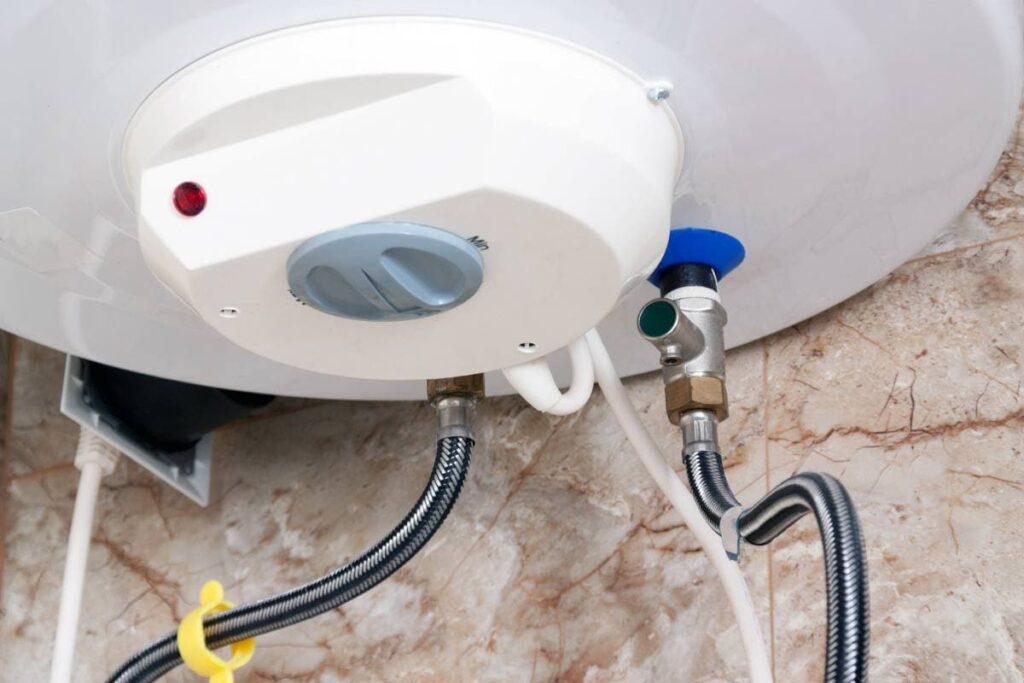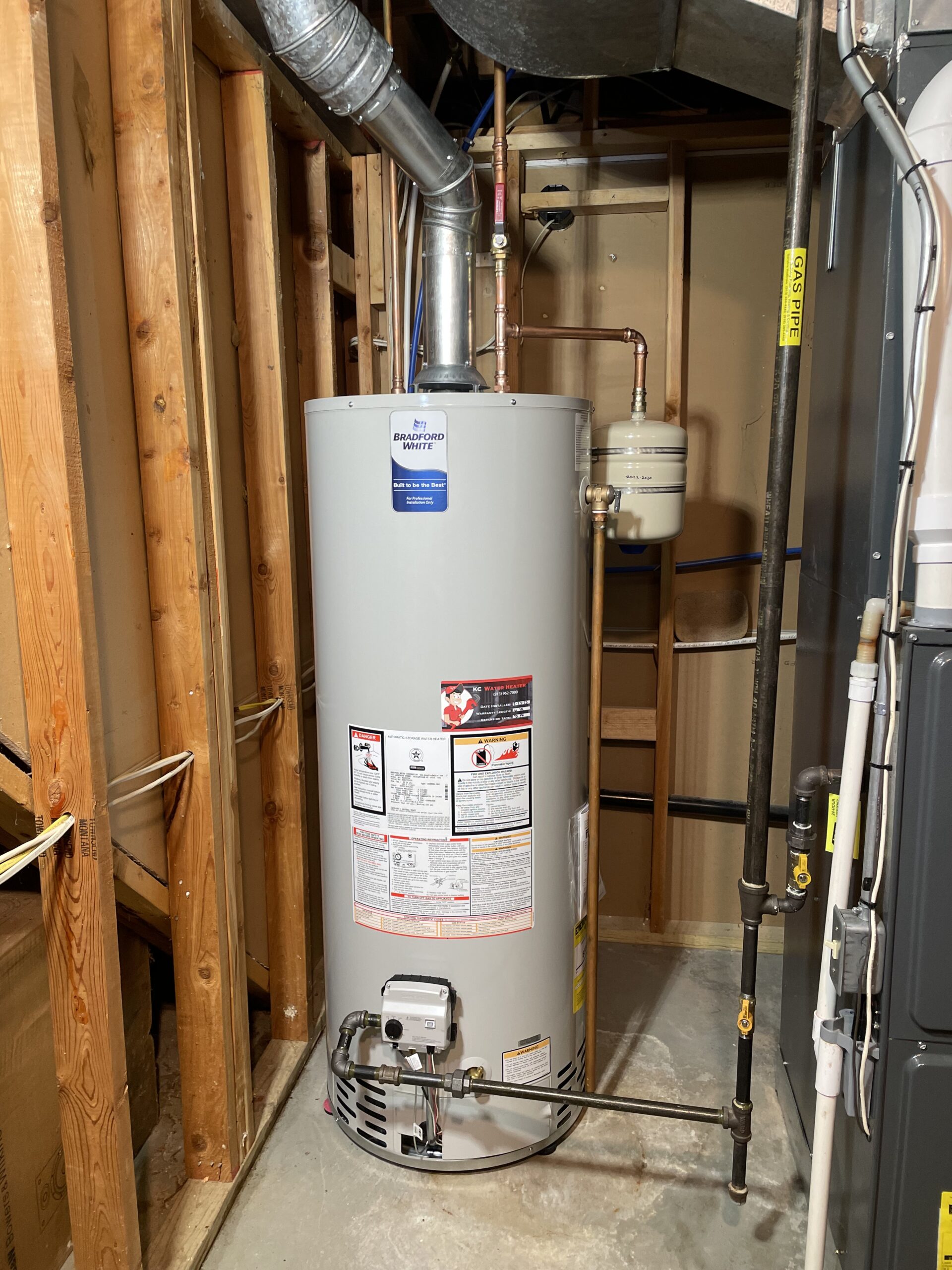Step-by-Step Guide to Maintaining Your Home's Hot Water SystemEssential Guidance on Caring for Your Home's Hot Water System
Step-by-Step Guide to Maintaining Your Home's Hot Water SystemEssential Guidance on Caring for Your Home's Hot Water System
Blog Article
We have come across this great article on Tips on Maintaining a Water Heater down the page on the net and felt it made good sense to discuss it with you over here.

Hot water is important for everyday convenience, whether it's for a revitalizing shower or cleaning recipes. To ensure your hot water system runs efficiently and lasts much longer, normal upkeep is crucial. This post supplies sensible pointers and understandings on how to maintain your home's hot water system to avoid disruptions and pricey repair work.
Intro
Preserving your home's warm water system may appear complicated, however with a few simple steps, you can guarantee it runs efficiently for several years ahead. This overview covers whatever from comprehending your hot water system to DIY maintenance tips and knowing when to call in professional aid.
Relevance of Maintaining Your Hot Water System
Normal maintenance not only extends the life-span of your warm water system however likewise ensures it operates successfully. Disregarding upkeep can cause reduced efficiency, greater power expenses, and even early failure of the system.
Signs Your Hot Water System Demands Upkeep
Understanding when your hot water system requires focus can avoid major concerns. Keep an eye out for indicators such as irregular water temperature, strange sounds from the heating unit, or rusty water.
Purging the Water Heater
Purging your water heater gets rid of sediment buildup, boosting effectiveness and prolonging its life.
Monitoring and Replacing Anode Rods
Anode rods protect against rust inside the tank. Evaluating and replacing them when broken is important.
Complex Concerns Needing Expert Help
Examples consist of significant leaks, electric problems, or if your hot water heater is regularly underperforming.
Routine Expert Maintenance Perks
Professional upkeep can include thorough assessments, tune-ups, and ensuring conformity with safety criteria.
Examining and Changing Temperature Settings
Readjusting the temperature setups guarantees optimum performance and safety and security.
DIY Tips for Upkeep
You can carry out numerous maintenance jobs on your own to keep your warm water system in leading condition.
Looking for Leakages
Frequently evaluate pipes and links for leaks, as these can result in water damages and higher expenses.
Recognizing Your Hot Water System
Prior to diving right into maintenance jobs, it's helpful to recognize the basic components of your warm water system. Generally, this includes the hot water heater itself, pipes, anode rods, and temperature level controls.
Month-to-month Maintenance Tasks
Routine monthly checks can assist capture minor problems prior to they rise.
Evaluating Stress Alleviation Valves
Testing the stress relief valve ensures it works appropriately and prevents extreme stress build-up.
Insulating Pipes
Protecting warm water pipelines reduces heat loss and can save energy.
When to Call an Expert
While do it yourself upkeep is valuable, some problems call for specialist proficiency.
Conclusion
Routine maintenance of your home's warm water system is necessary for performance, longevity, and cost savings. By complying with these tips and knowing when to seek expert assistance, you can make sure a trusted supply of warm water without unanticipated disruptions.
How to Maintain an Instant Hot Water Heater
Before tinkering with your hot water heater, make sure that it’s not powered on. You also have to turn off the main circuit breaker and shut off the main gas line to prevent accidents. Also turn off the water valves connected to your unit to prevent water from flowing into and out of the appliance. 2. When you’re done, you have to detach the purge valves’ caps. These look like the letter “T” and are situated on either side of the water valves. Doing so will release any pressure that has accumulated inside the valves while at the same time avoid hot water from shooting out and burning your skin. 3. When the purge valves’ caps are removed, you have to connect your hosing lines to the valves. Your unit should have come with three hoses but if it didn’t, you can purchase these things from any hardware or home repair shops. You can also get them from retail stores that sell water heating systems. Read the user’s manual and follow it to complete this task properly. When the hosing lines are connected, open the purge port’s valves. 4. You should never use harsh chemical cleaners or solutions when cleaning your unit. Make use of white vinegar instead. It should be undiluted and you’ll probably use about 2 gallons. 5. Now flush your water heater. This task should probably take about 40 minutes. We can’t give you specific directions for this because the procedure is carried out depending on the type, model and brand of your heater. With that being said, refer to the user’s manual. 6. When you’re done draining the unit, you have to turn off the purge port valves again. Remove the hosing lines that you earlier installed on each of the water valves. Put the valve caps (purge port) back in their respective places and be very careful so as not to damage the rubber discs that are found inside these caps. 7. Now that everything’s back in place, check your user’s manual again to find out how to reactivate your water heating system. 8. Once it is working, turn one of your hot water faucets on just to let air pass through the heater’s water supply pipes. Leave the tap on until water flows smoothly out of it. https://www.orrplumbing.com/blog/2014/september/how-to-maintain-an-instant-hot-water-heater/

I was shown that editorial on Tips For Maintaining Your Hot Water Heater from an acquaintance on our other web page. Appreciated our write up? Please quickly share it. Help another person find it. Bless you for your time. Come back soon.
Learn More Report this page